brain
Latest

The FDA has reportedly approved an AI product that predicts cognitive decline
The US government has reportedly approved AI-based memory loss prediction software for the first time. Darmiyan, a San Francisco-based brain imaging analytics company, says the FDA has granted De Novo approval for its product BrainSee.
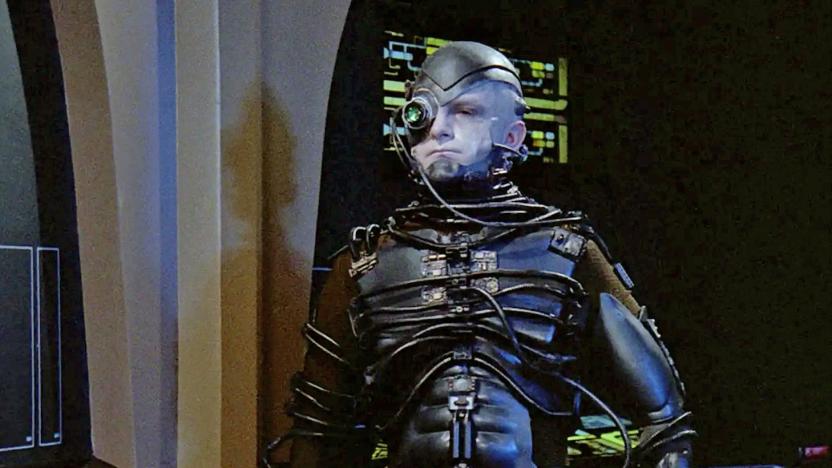
Researchers fuse lab-grown human brain tissue with electronics
In a story ripped from the opening scenes of a sci-fi horror movie, scientists have bridged a critical gap between the biological and electronic. The study details a “hybrid biocomputer” combining lab-grown human brain tissue with conventional circuits and AI.

Researchers developed 3D-printed sensors that can record brain activity on earbuds
Researchers at the University of California San Diego have developed 3D-printed biosensors that can detect electrophysiological activity coming from the brain.

Scientists recreate an iconic Pink Floyd song by scanning listeners' brains
The research looked at how brains interact with music.

Hitting the Books: How music chords hack your brain to elicit emotion
In their new book "Every Brain Needs Music," Dr. Larry S Sherman and Dr. Dennis Plies, a music professor at Warner Pacific University, explore the fascinating interplay between our brains, our instruments, our audiences, and the music they make together.
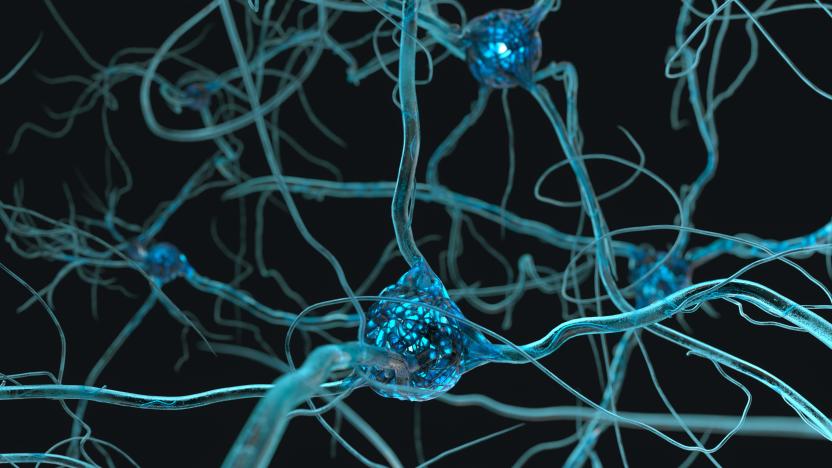
Scientists create the most complex map yet of an insect brain's 'wiring'
Scientists have created the most advanced "circuit map" of the brain so far, with a price wiring diagram of a fruit fly larva.

Elon Musk's Neuralink will show brain implant progress at a Halloween show-and-tell
Neuralink will show off its progress in brain implant tech at a Halloween event.
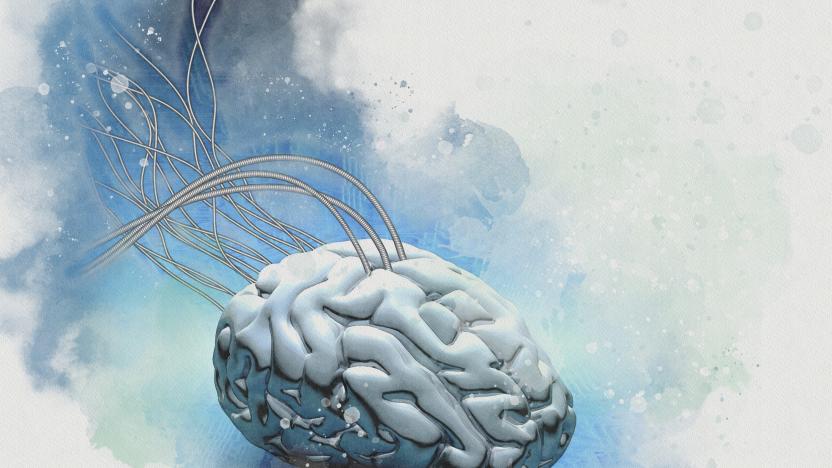
Samsung hopes to 'copy and paste' the brain to 3D chip networks
Samsung says it has developed an approach that would 'copy and paste' a brain's neuron map to 3D chip networks — if and when the technology is ready.
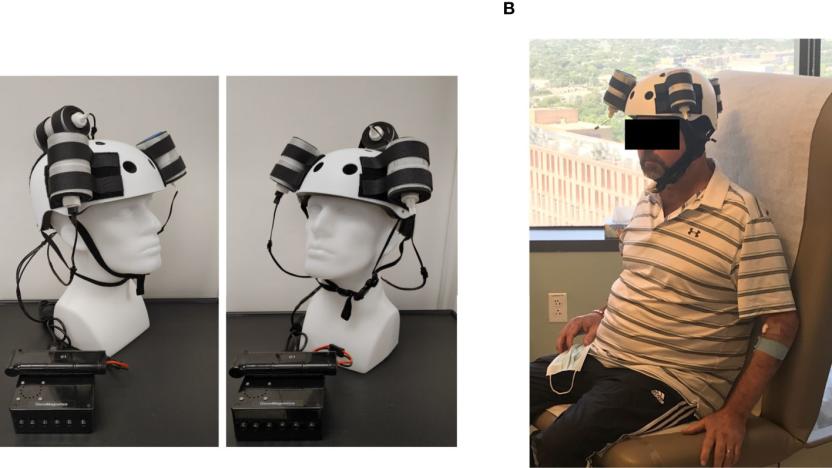
A magnetic helmet shrunk a deadly tumor in world-first test
Scientists have created a helmet that uses magnetic therapy to reduce deadly brain tumors.
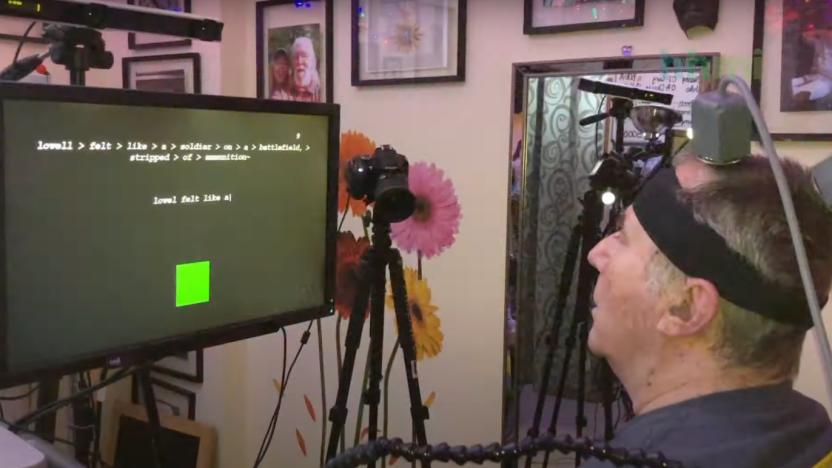
Brain implant lets people with paralysis write using their minds
Researchers from Stanford University have created a brain chip interface that allows the paralyzed to write on-screen using their thoughts.
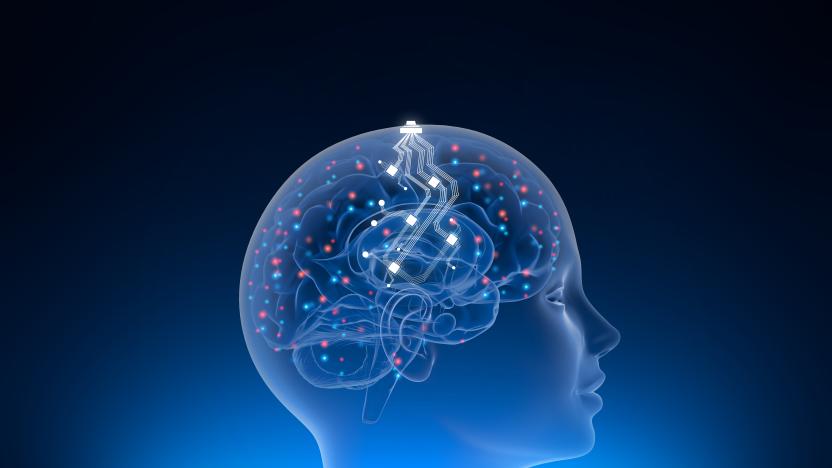
Co-founder of brain implant startup Neuralink leaves the company
Max Hodak has left Neuralink, the brain implant company he co-founded with Elon Musk.

Researchers built robotic skin with a sense of touch
Using Intel's neuromorphic Loihi chip, researchers created a robotic skin that detects touch more than 1,000 times faster than the human sensory nervous system.

Looxid adapts its VR brain monitor for Oculus Rift S
Two years ago, Looxid Labs walked Engadget through a VR museum. A virtual display was pinned to the corner of the user's field of vision and contained real-time stats on his brain activity. At the time, the product seemed a little out-there, but it has matured considerably, and has some clear applications not just in the world of VR gaming, but also in business and health industries. The company revealed that the Looxid Link now works with Oculus Rift S using an EEG-equipped attachment -- and for an add-on, it looks surprisingly slick.

Hitting the Books: These brain cells could hold clues to the CTBI crisis
Welcome to Hitting the Books. With less than one in five Americans reading just for fun these days, we've done the hard work for you by scouring the internet for the most interesting, thought provoking books on science and technology we can find and delivering an easily digestible nugget of their stories.
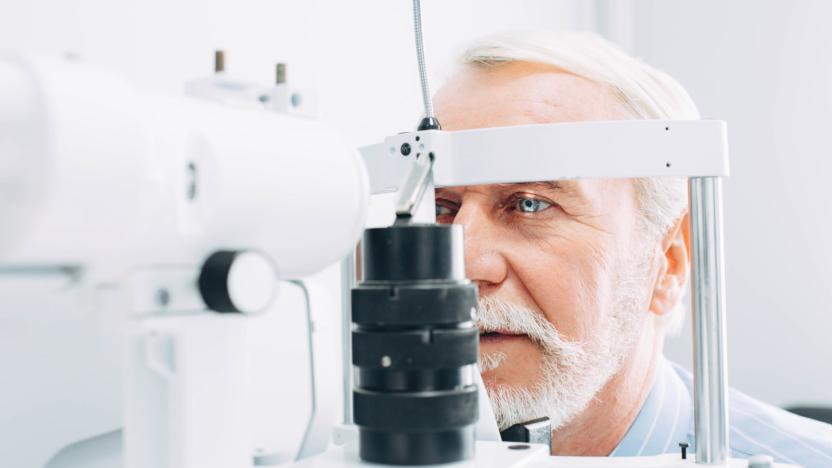
This eye-tracking system uses AI to monitor multiple sclerosis
For decades, doctors have used eye movement to quickly triage brain health, as eye movement patterns can point to conditions like concussion or stroke. Now, C. Light Technologies, a neurotech and AI company that grew out of the Berkeley Skydeck accelerator, wants to help doctors diagnose neurological conditions with more speed and precision. The company has developed an eye-tracking technology paired with machine learning that can be used to monitor multiple sclerosis (MS).
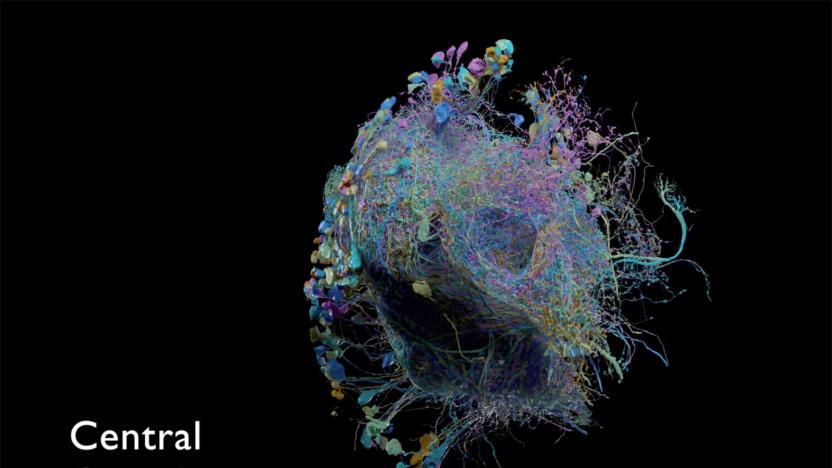
Google helps publish the largest high-res map of brain connectivity
A joint effort between Google and the Janelia Research Campus has just achieved a significant breakthrough in brain mapping. They've published the largest high-resolution map of brain connectivity to date, offering a 3D model of 25,000 fruit fly neurons across a diverse range of cell types and multiple brain regions. The team achieved the feat by cutting sections of the fly's brain into ultra-thin (20-micron) slices, imaging those pieces with electron streams from a scanning electron microscope and stitching them back together. The result is a sophisticated map with so few disruptions that it's practical to trace neurons through the brain.

Human patient put in suspended animation for the first time
Scientists (and sci-fi fans) have been talking about suspended animation for years. The idea that the functions of the human body can somehow be put on "pause" while life-saving medical procedures are performed (or a person is sent into space, a la Alien) has long seemed untenable -- until now. According to New Scientist, doctors have successfully placed humans in suspended animation for the first time, in a trial that could have an enormous influence on the future of emergency room surgery.

AI can help doctors spot brain hemorrhages faster
AI is already capable of discovering medical conditions with a high degree of accuracy. However, brain hemorrhages are particularly challenging -- false positives slow things down, while missing even a tiny hemorrhage could be deadly. The technology might be ready for it, however. UC Berkeley and UCSF researchers have created an algorithm that detected brain hemorrhages with accuracy better than two out of four radiologists in a test. The key was the algorithm's finely-detailed training data.
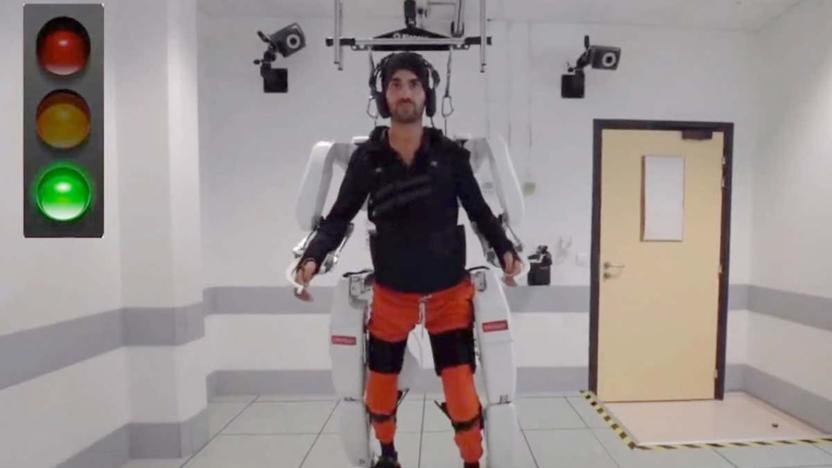
A mind-controlled exoskeleton helped a paralyzed man walk again
A paralyzed man regained the ability to walk with the help of a robotic exoskeleton that he controlled with his mind. Unlike other, more invasive mind-controlled robotics, this one used electrodes implanted above the brain's outer membrane, not in the brain itself. That could reduce the risk of infection and other obstacles that have limited the success of mind-controlled robotics.

MIT’s thread-like robot can slip through blood vessels in your brain
MIT engineers created a thread-like robot that can glide through the brain's blood vessels and could deliver clot-reducing drugs to treat strokes or aneurysms. The robotic thread could offer an alternative to open brain surgery, and it could be controlled by surgeons outside of the operating room. Theoretically, surgeons could control it remotely from an entirely different location.









